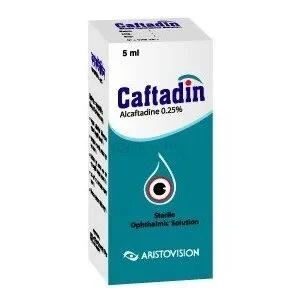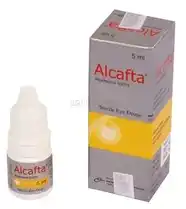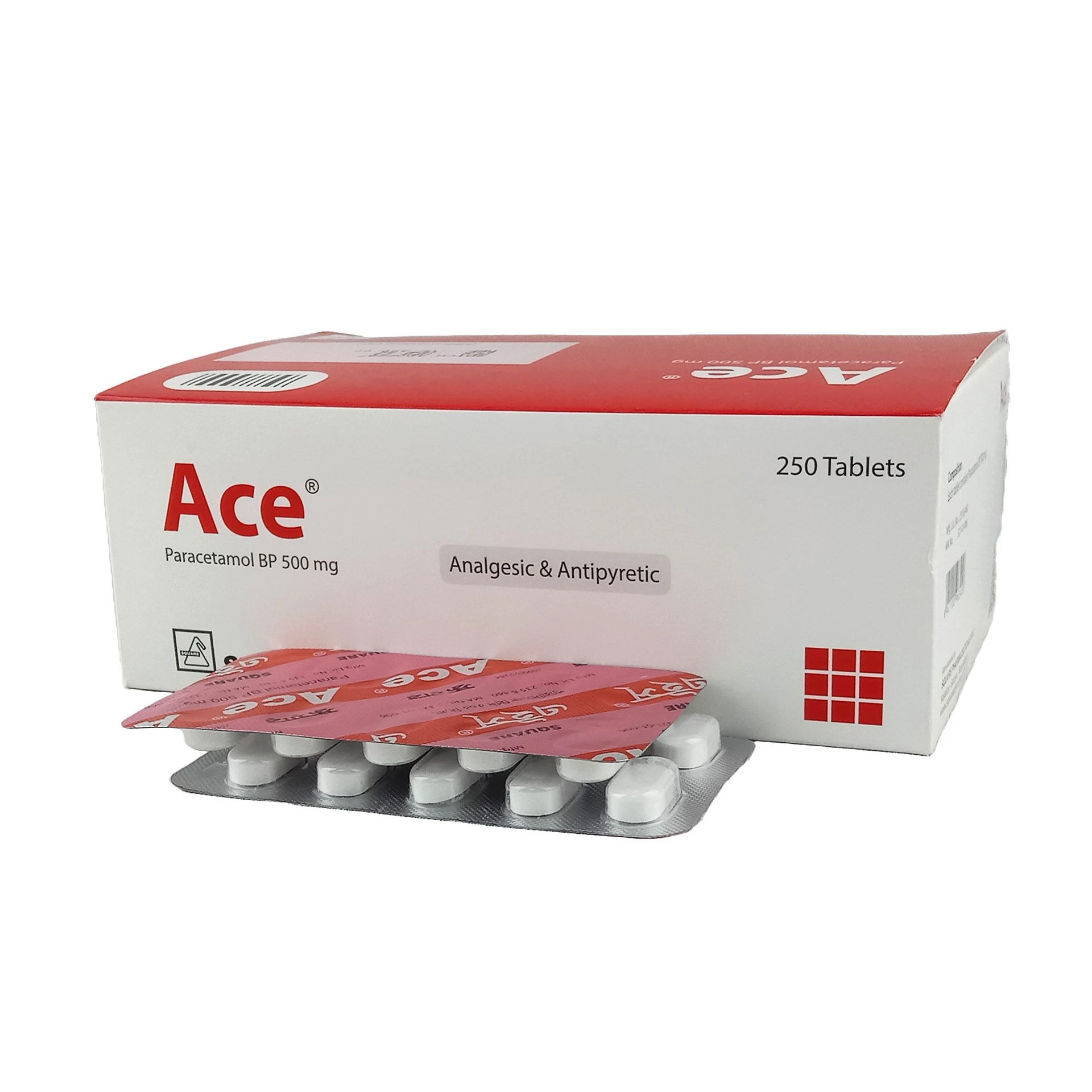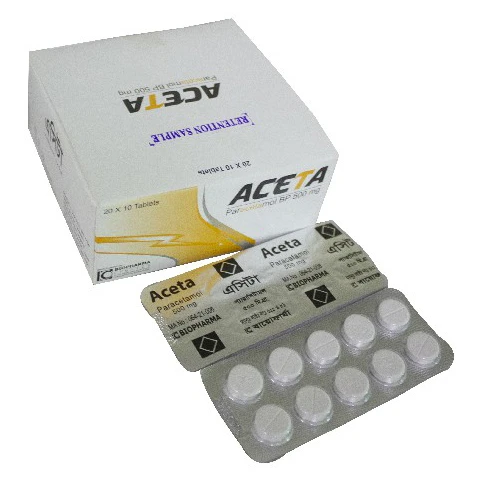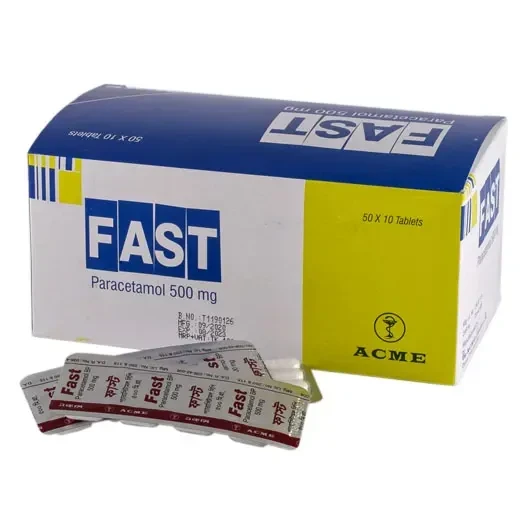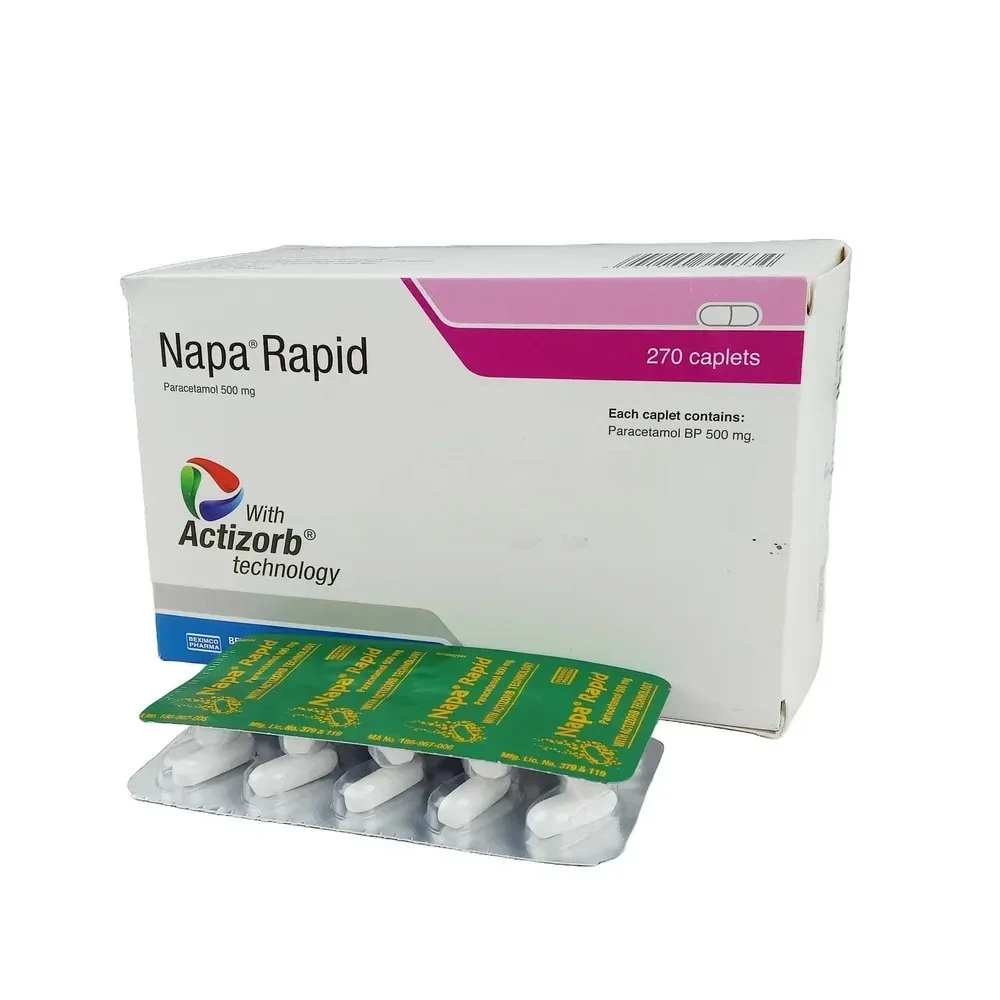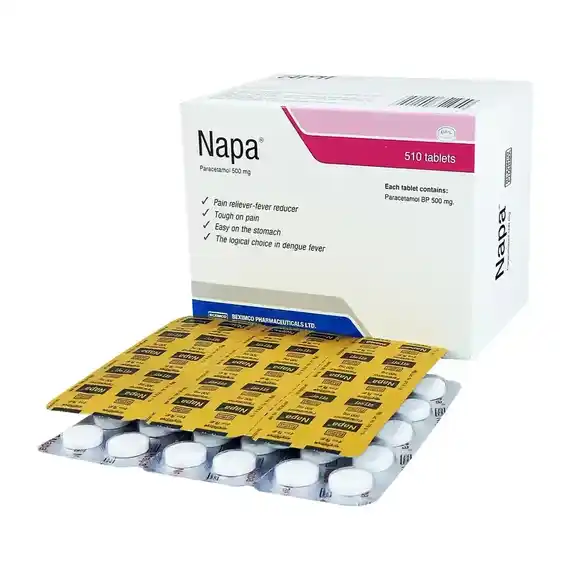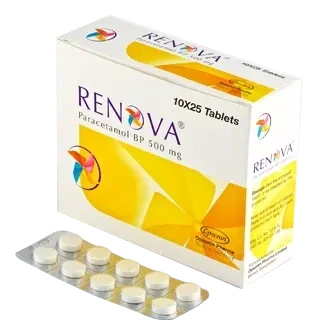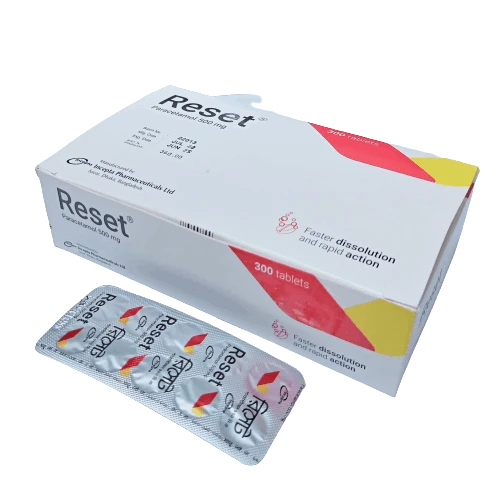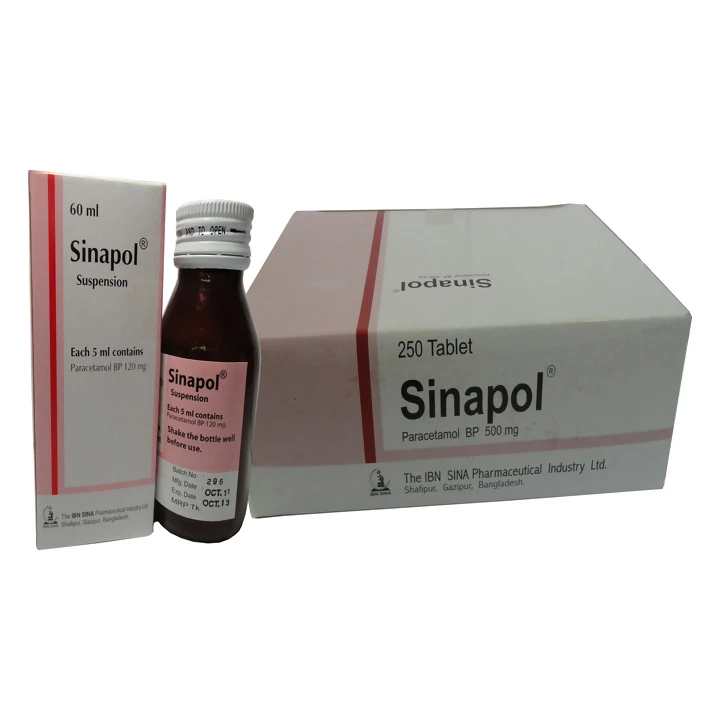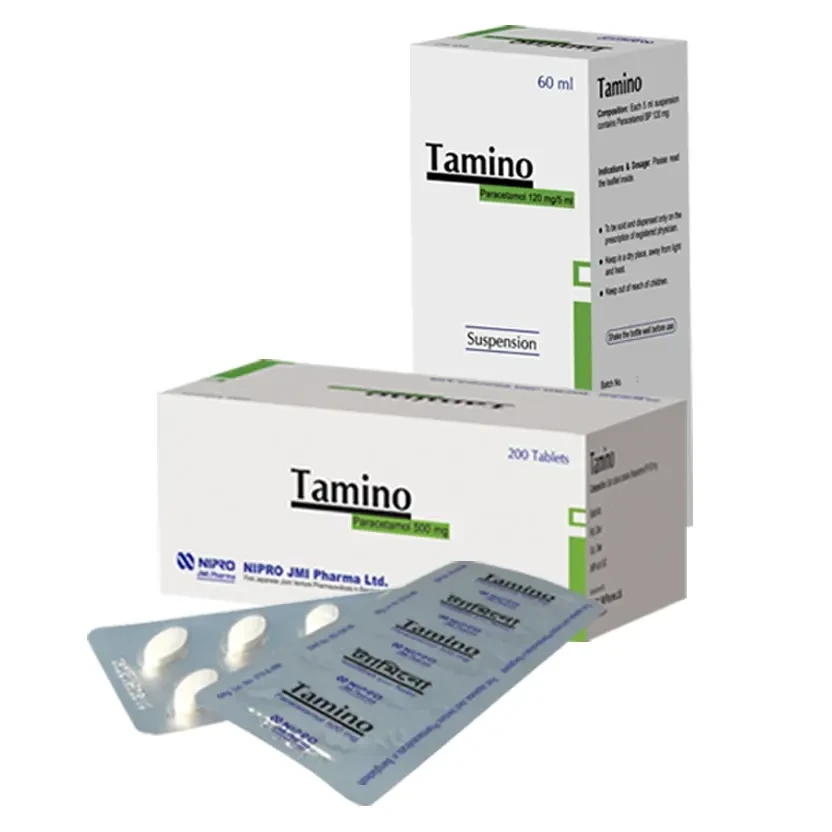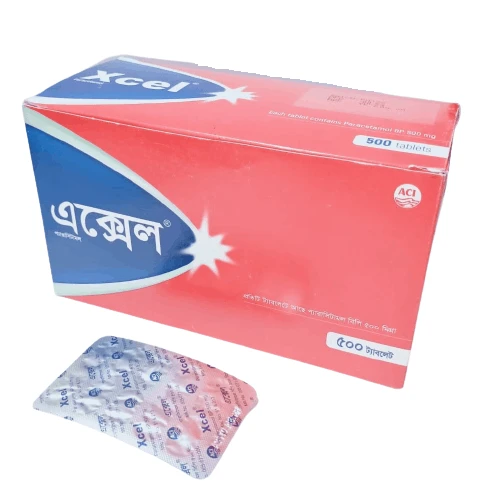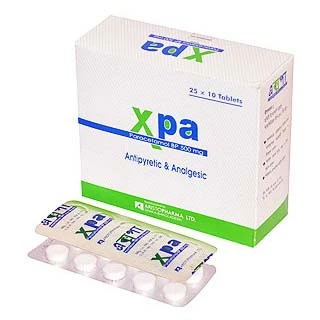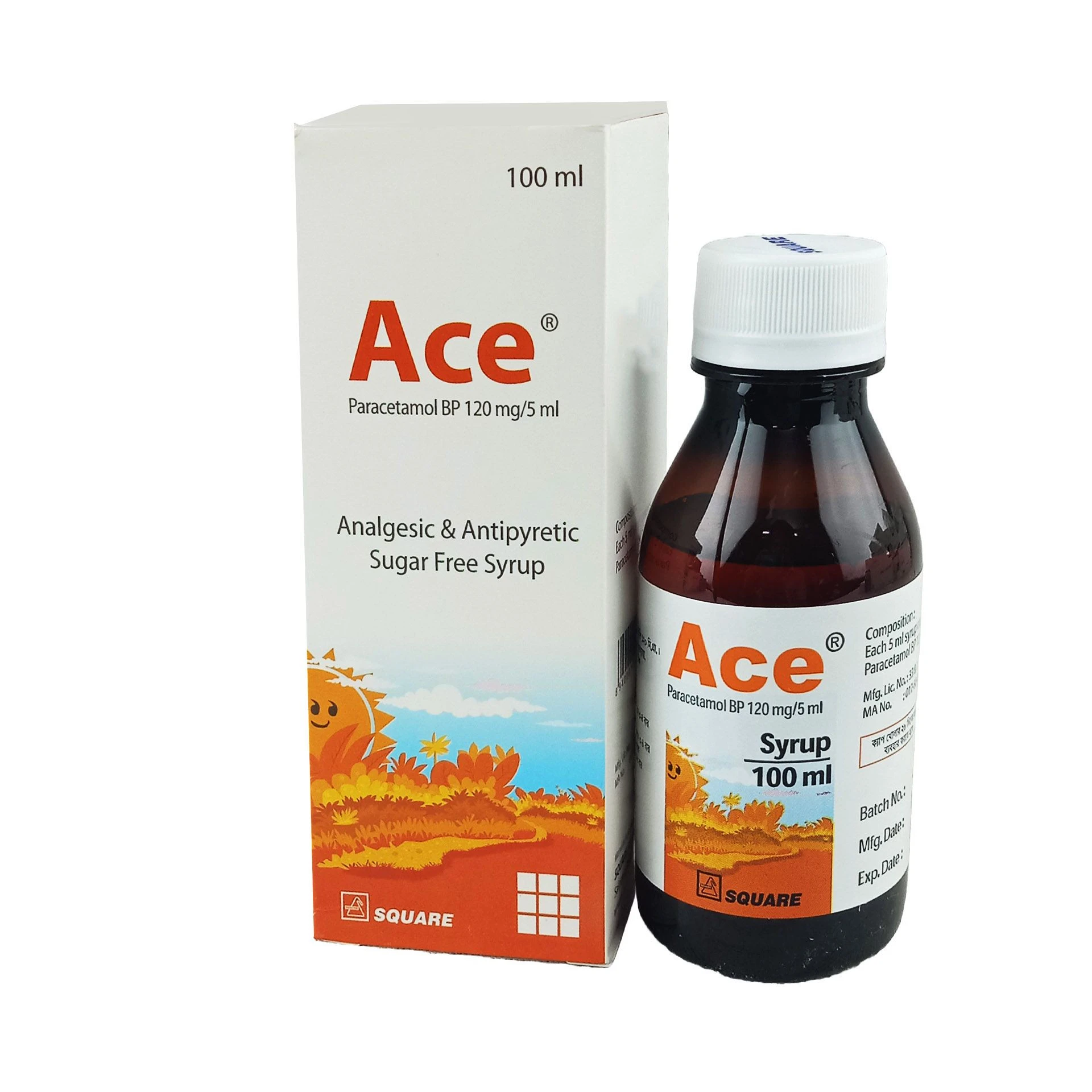Indications
Pulmonaaf
is used to treat in following indications:
Bronchial
asthma,
Bronchospasm,
Chronic obstructive
pulmonary disease (COPD),
Pulmonary
disease with spastic bronchial component.
* রেজিস্টার্ড চিকিৎসকের পরামর্শ মোতাবেক ঔষধ সেবন করুন'
Pharmacology
Doxophylline
is a novel bronchodilator. It structurally differs from Theophylline due to the
presence of a dioxolane group in position 7. Doxophylline selectively inhibits
phosphodiesterase 4 thereby relaxes bronchial smooth muscle. However,
differently from Theophylline, Doxophylline appears to have decreased affinities
toward adenosine A1 and A2 receptors, which may account for the better safety
profile of the drug. Doxophylline is reported to inhibit platelet activating
factor (PAF) and generation of leukotriene production.
Dosage
& Administration
Elderly:
200 mg tablet two or three times daily.
Adults:
400 mg tablet two or three times daily or as prescribed by the physician.
Children:
>12
years of age: 10 ml syrup or 200 mg tablet two or three times daily.
6-12
years of age: 6-9 mg/kg body weight two times daily, i.e. if body weight is 10
kg, 3 ml (60 mg) two times daily or as prescribed by the physician.
If
required daily dose of Doxophylline is 400 mg then Doxophylline SR tablet to be
taken once daily or as prescribed by the physician
* রেজিস্টার্ড চিকিৎসকের পরামর্শ মোতাবেক ঔষধ সেবন করুন'
Interaction
Pulmonaaf
should not be administered with other xanthine preparations. It is recommended
to limit consumption of beverages and food containing caffeine. Caution should
be exercised in administering Pulmonaaf together with ephedrine or other
sympathomimetic drugs. The concurrent administration of many drugs such as
erythromycin, TAO, lincomycin, clindamycin, allopurinol, cimetidine, influenza
vaccine and propanolol may reduce the hepatic clearance of xanthine derivatives
with an increase in the plasmatic levels of the drug. Phenytoin, other
anticonvulsants and cigarette smoking may increase the clearance of xanthine
derivatives with a reduction of plasmatic half-life. In these cases, it may be
necessary to increase the dosage of the drug.
Contraindications
Doxophylline
is contraindicated in individuals with known hypersensitivity to the drug or
other xanthine derivatives. It is also contraindicated in patients with acute
myocardial infarction, hypotension and during lactation.
Side
Effects
Patients
treated with xanthine derivatives may suffer nausea, vomiting, epigastric pain,
headache, irritability, insomnia, tachycardia, extrasystoles, tachypnea and in
rare cases hyperglycemia or albuminuria. In case of overdose severe cardiac
arrhythmias and tonic-clonic seizure may occur. These effects may represent the
first signs of intoxication. The appearance of side effects may require
discontinuation of the treatment which, if necessary, at the physician's
discretion, may be resumed at lower doses after all signs and symptoms of
toxicity have subsided.
Pregnancy
& Lactation
Pregnancy
and Lactation: Animal tests have shown that the active ingredient of
Doxophylline does not interfere with pre and postnatal growth. However, as
there is not sufficient clinical evidence about the effects of the drug during
pregnancy, use of the drug during pregnancy should be evaluated carefully case
by case on the basis of the risk-benefit ratio. The drug is contraindicated
during lactation.
Effects
on ability to drive and use machines: The product does not affect the patient's
alertness and therefore does not interfere with his/her ability to drive and
use machines.
Precautions
& Warnings
Numerous
factors may reduce the hepatic clearance of xanthine derivatives with increased
plasma levels of the drug. These factors include age, congestive cardiac
decompensation, chronic obstructive pulmonary disease, severe liver disease,
concomitant infections, and the concurrent administration of several drugs such
as: erythromycin, TAO, lincomycin, clindamycin, allopurinol, cimetidine,
influenza vaccine and propanolol. In these cases, it may be necessary to reduce
the dosage of the drug. In case of factors that may influence the clearance of
xanthine derivatives, monitoring of the concentration of the blood levels of
the drug is recommended for the control of the therapeutic range.
Caution
should be taken in administering the product to patients with cardiac disease,
hypertension, in the elderly, in patients with severe hypoxemia,
hyperthyroidism, chronic corpulmonale, congestive heart failure, liver disease,
peptic ulcer and in those with renal impairment. In particular, it is to be
used with caution in patients with congestive heart failure, since the clearance
of the drug is considerably slower in these patients in which high blood levels
may persist for long periods even after discontinuation of the treatment. There
is no risk of addiction or any other form of dependence.
Overdose
Effects
In case
of overdose severe cardiac arrhythmias and tonic-clonic seizure may occur.
These effects may represent the first signs of intoxication. The appearance of
side effects may require discontinuation of the treatment which, if necessary,
at the physician’s discretion, may be resumed at lower doses after all signs
and symptoms of toxicity have subsided. As there is no specific antidote, in
case of overdose a symptomatic treatment of cardiovascular collapse should be
instituted.
Therapeutic
Class
Bronchodilator,
Methyl xanthine derivatives
Storage
Conditions
Keep in
a dry place away from light and heat. Keep out of the reach of children.
Pulmonaaf should be used only on prescription of specialist physician.













